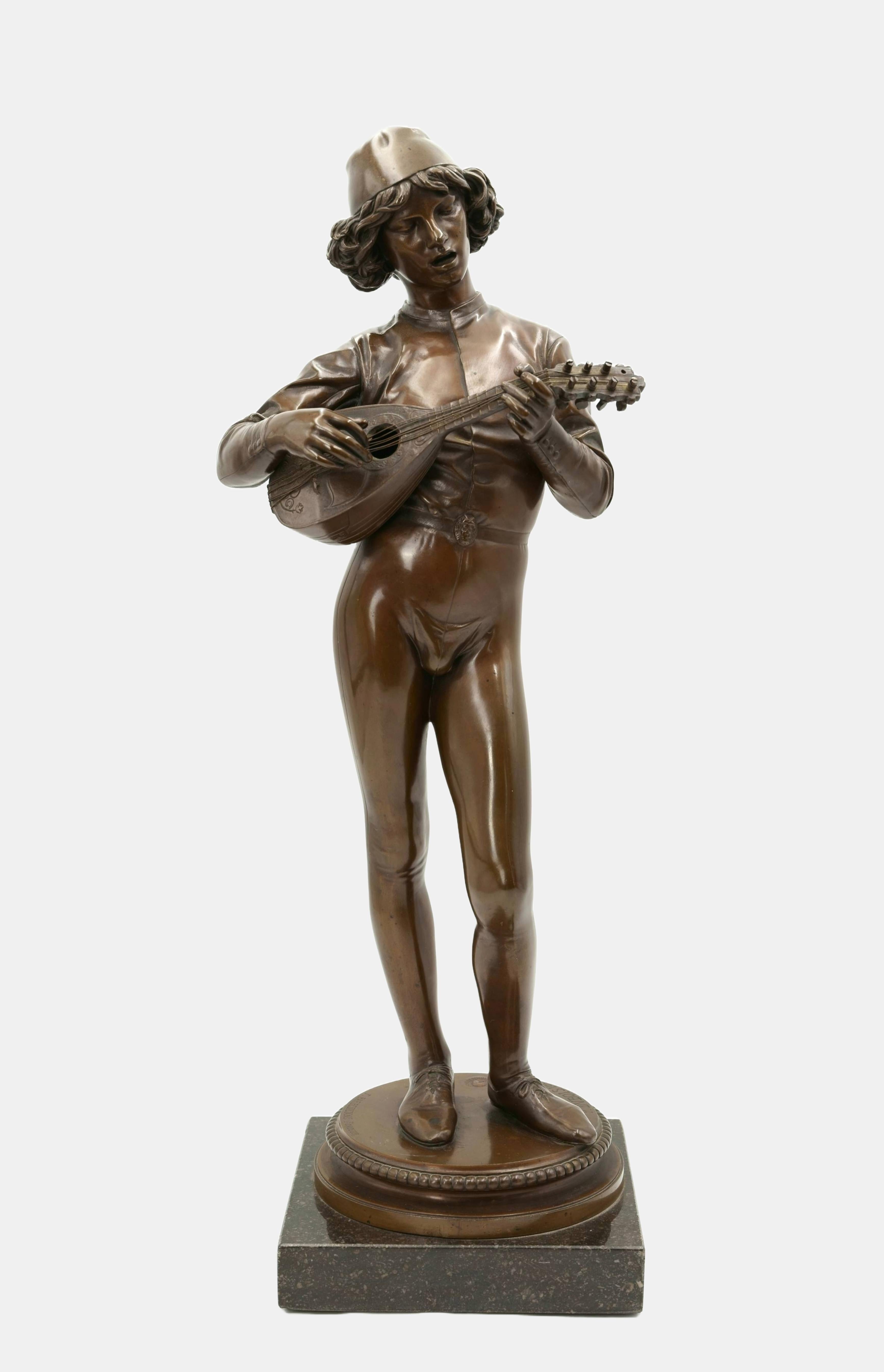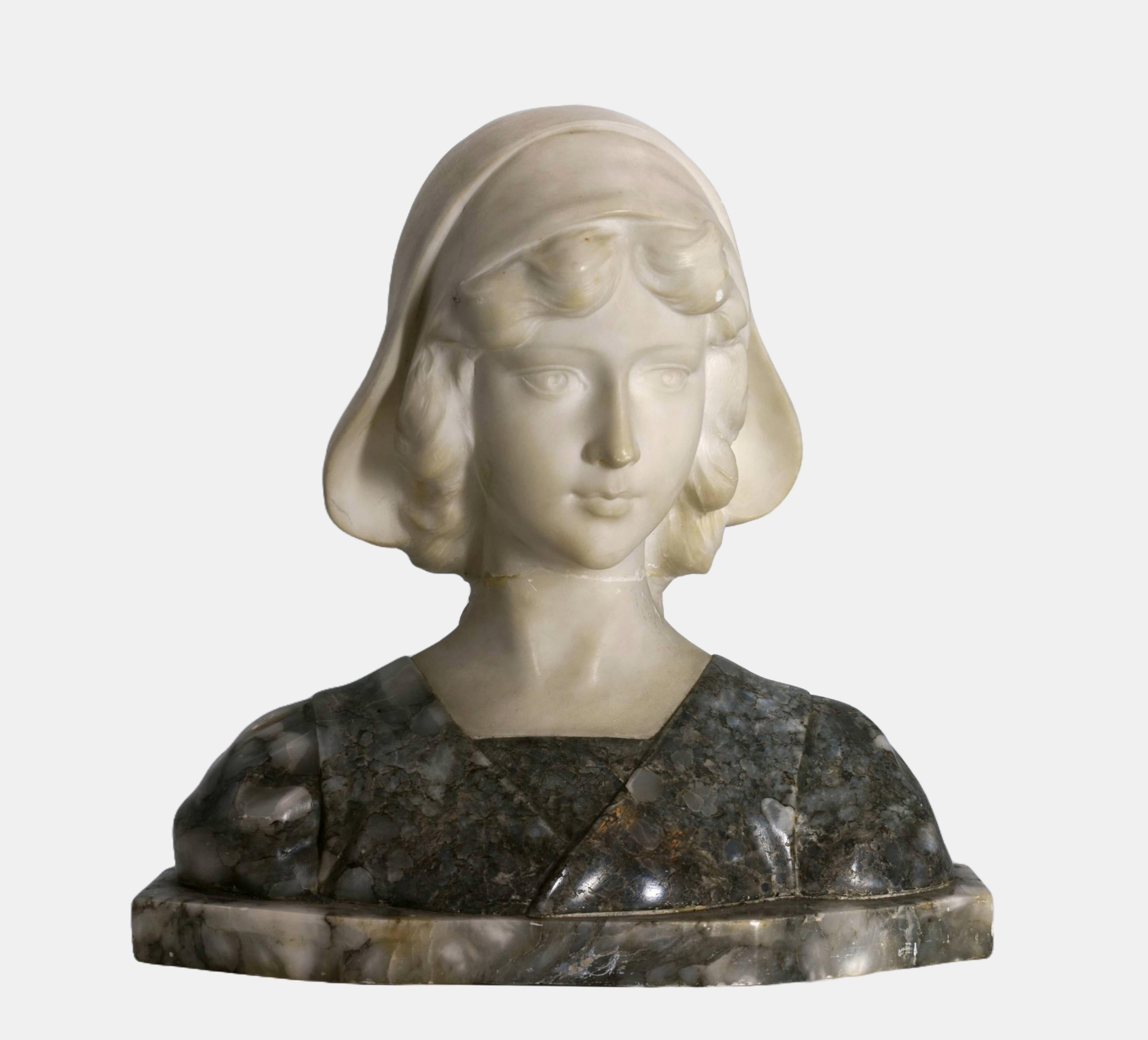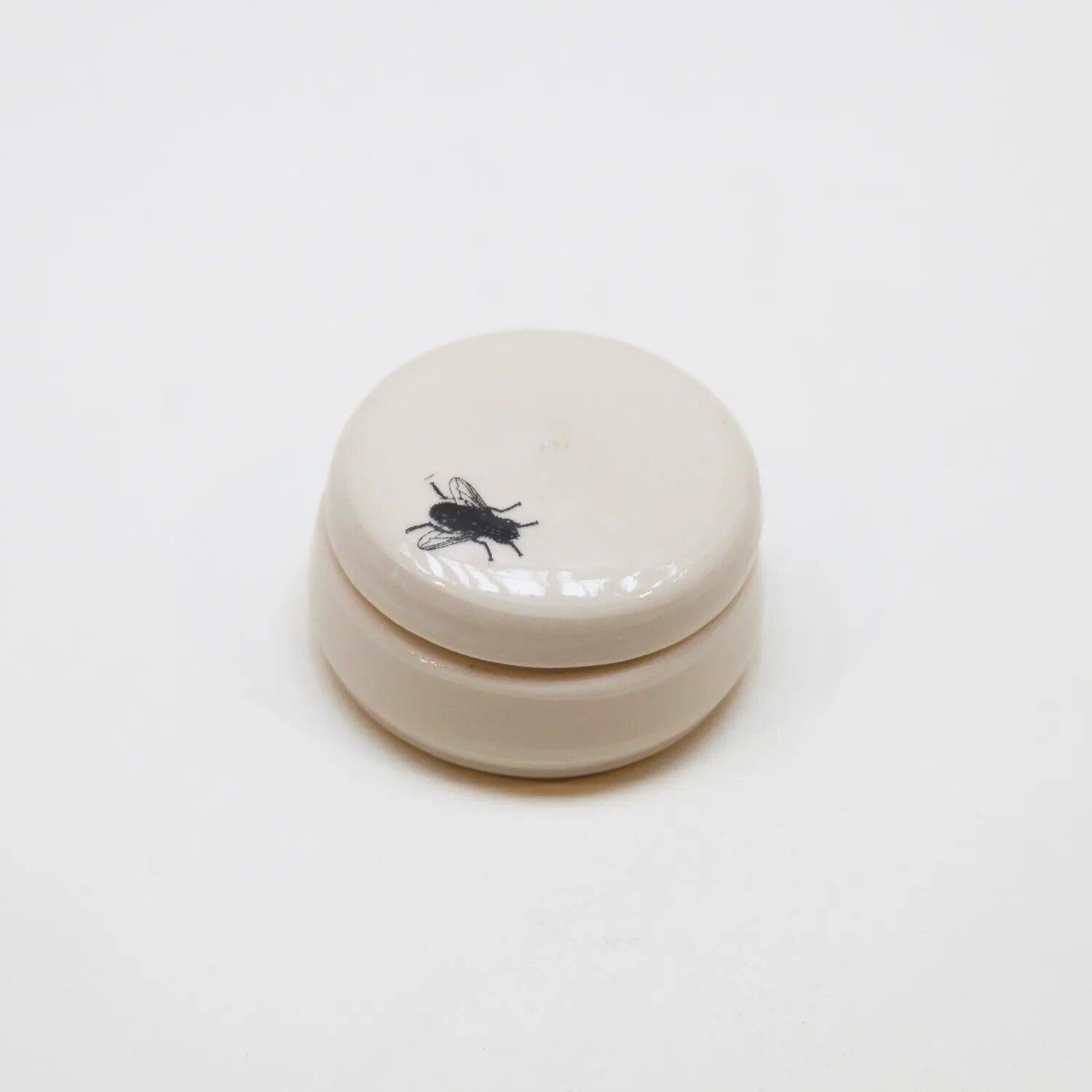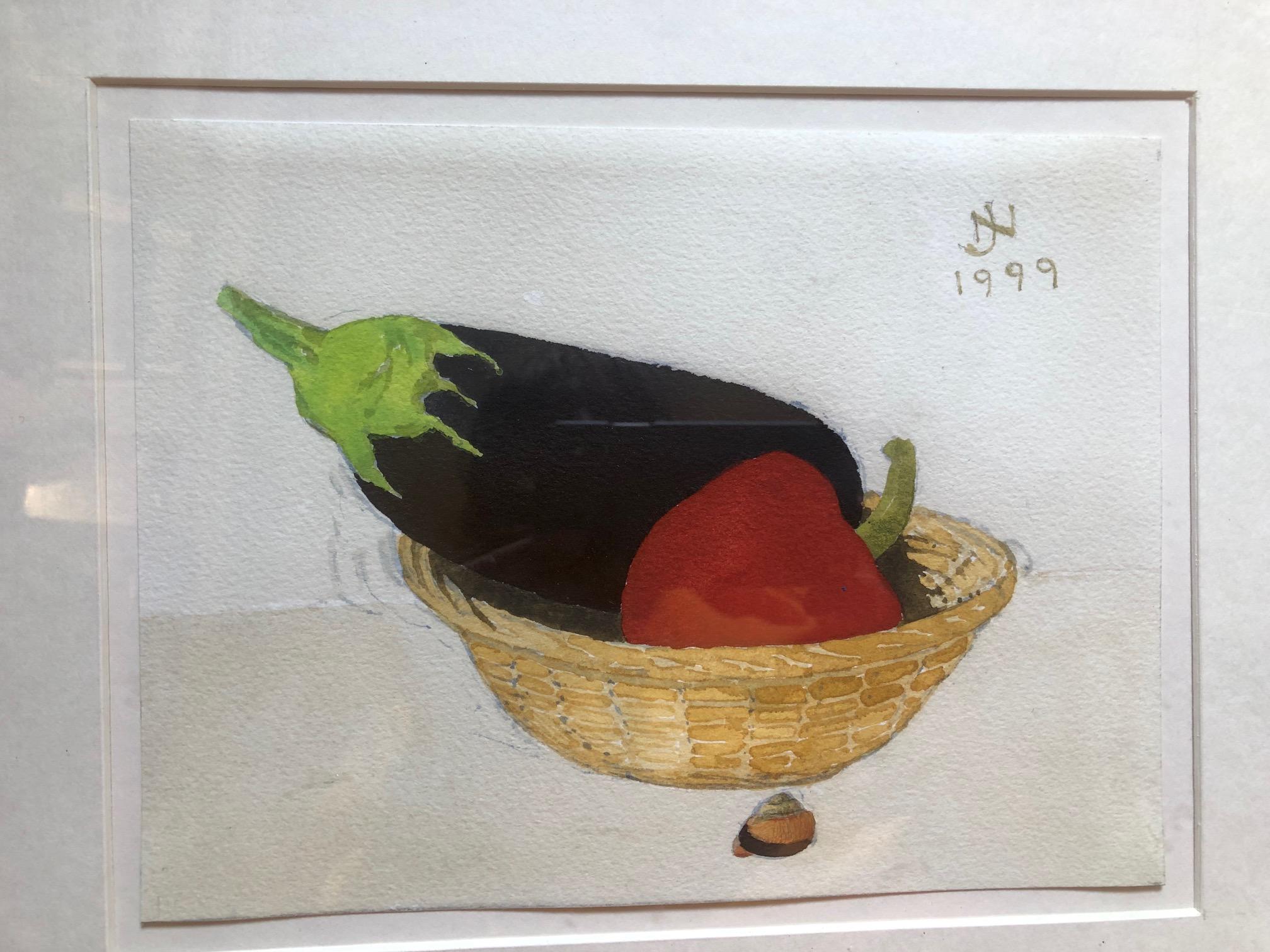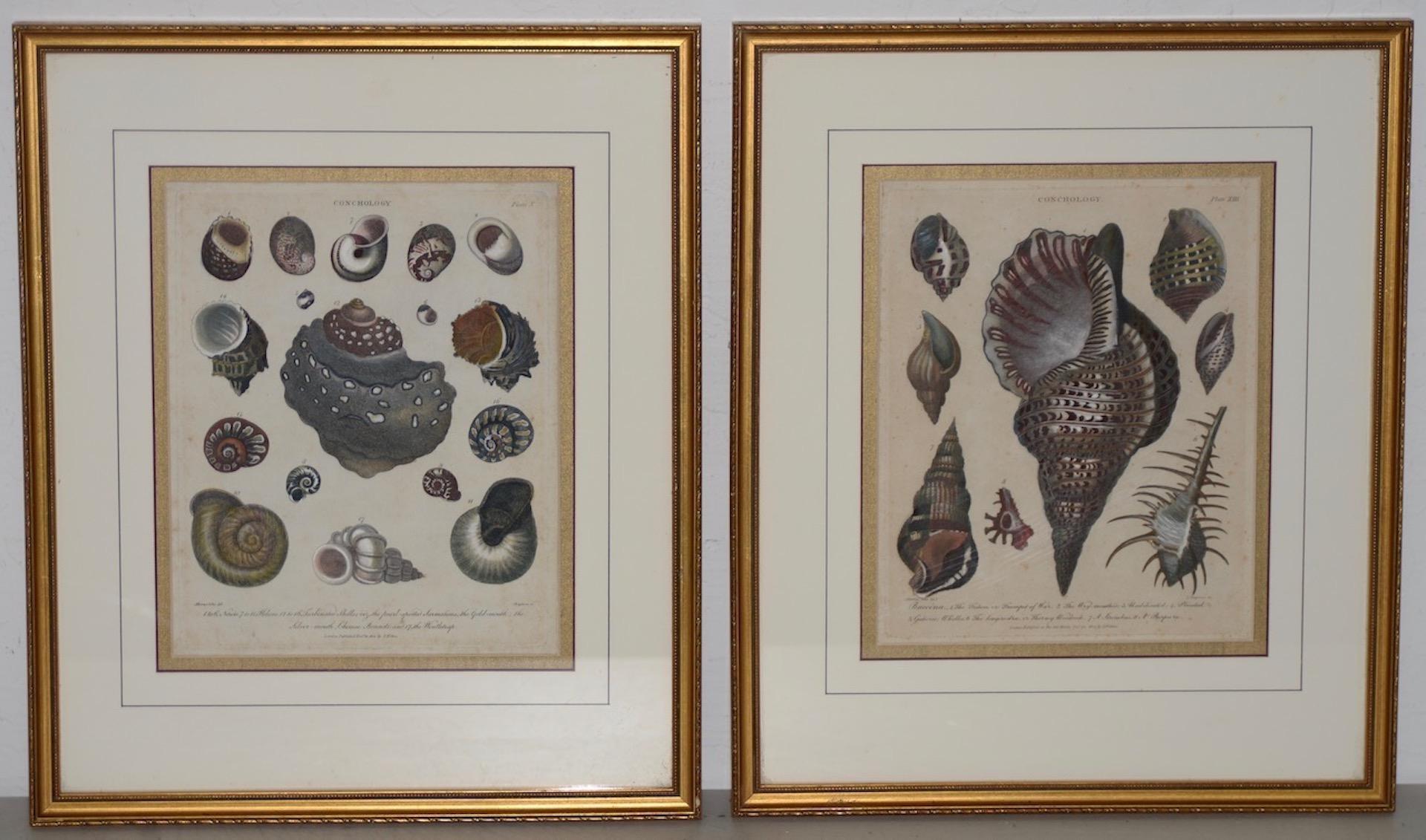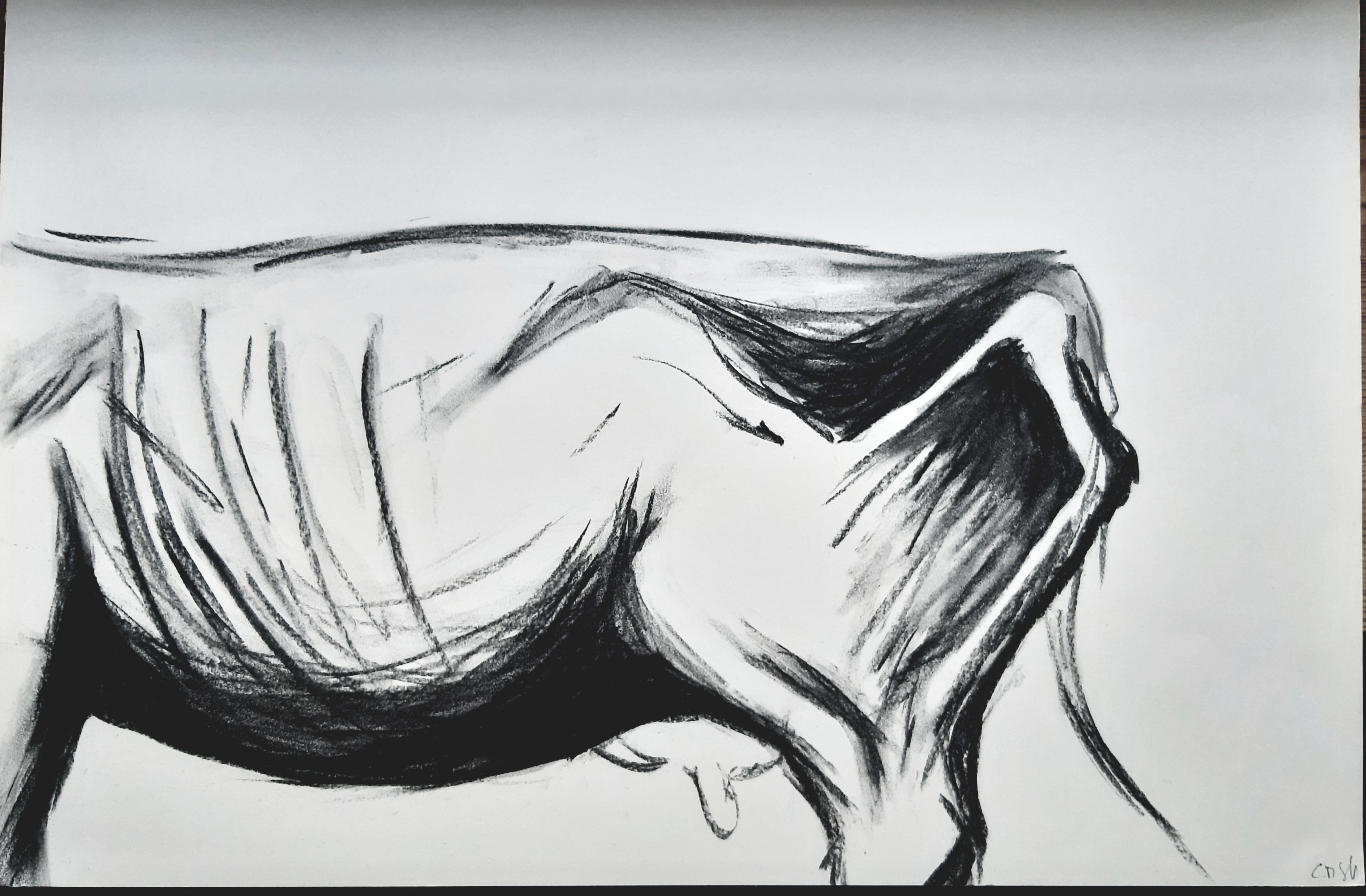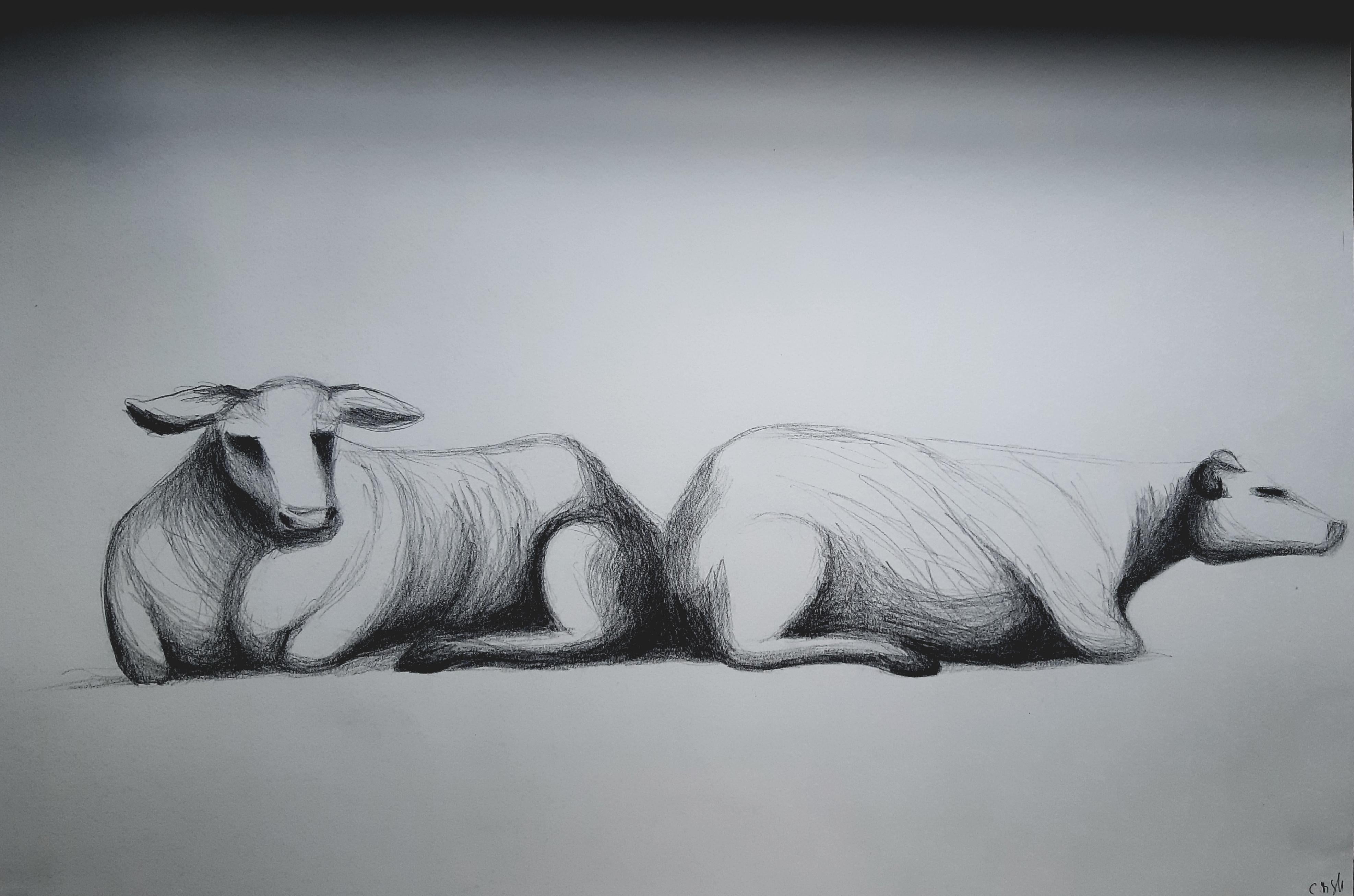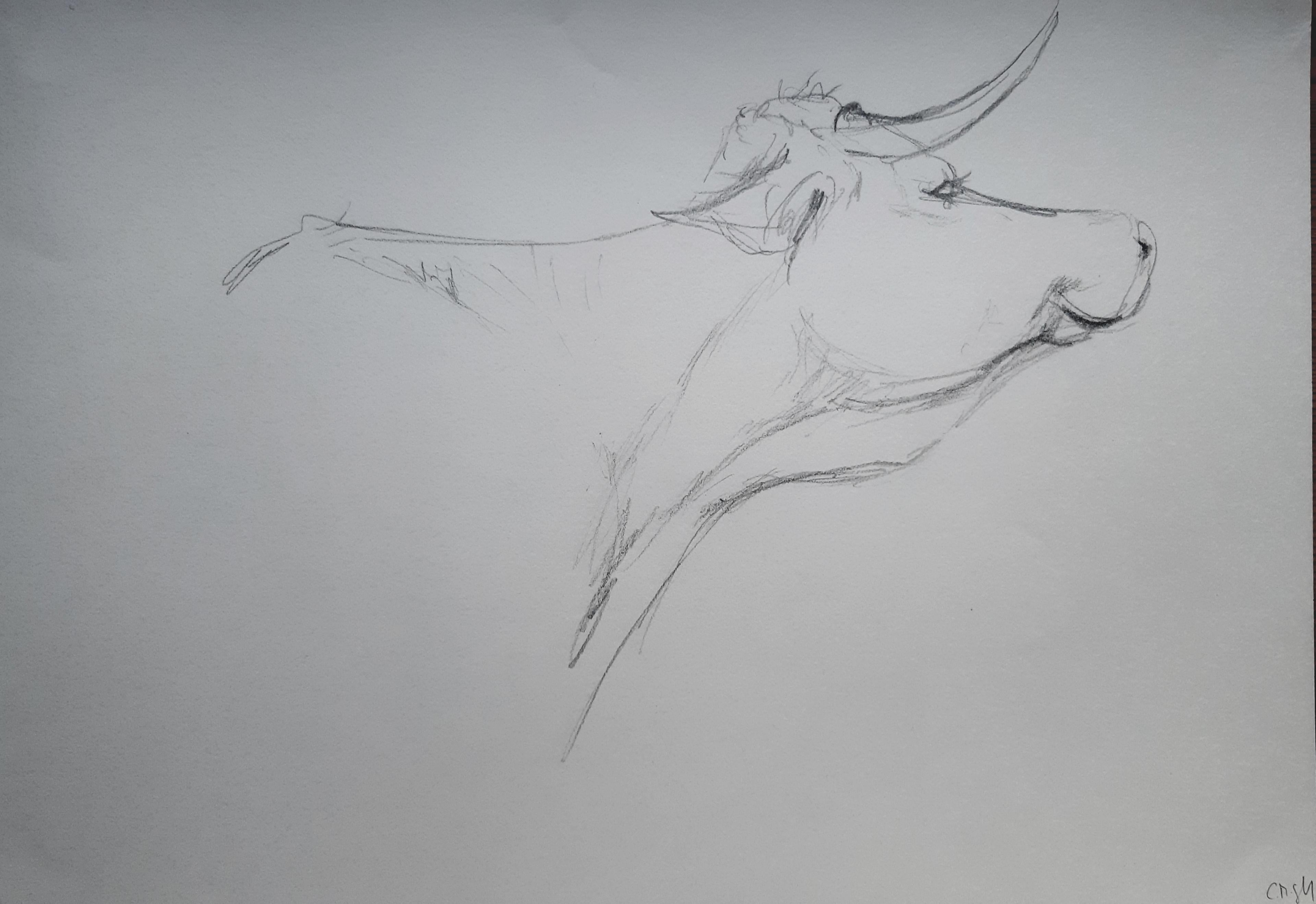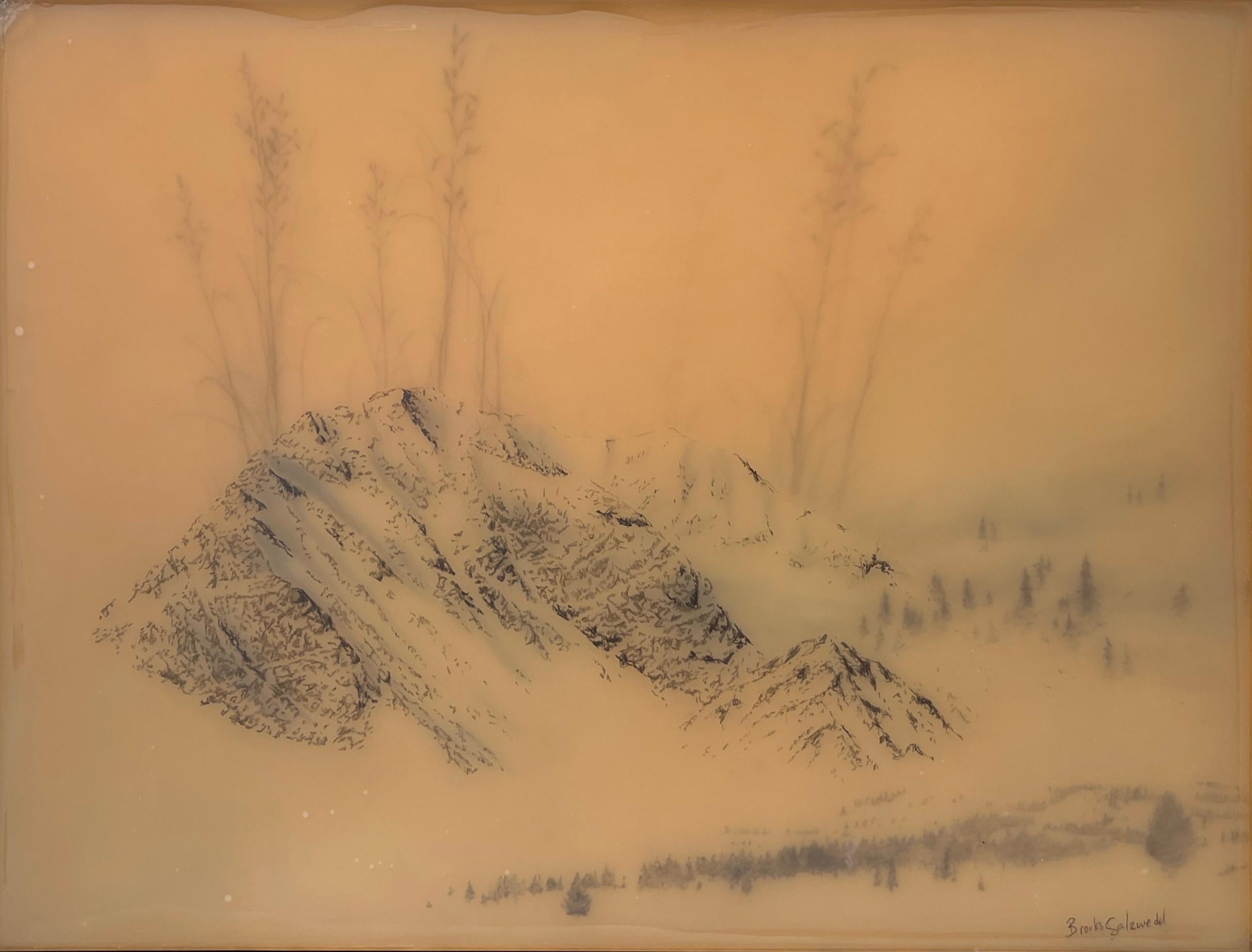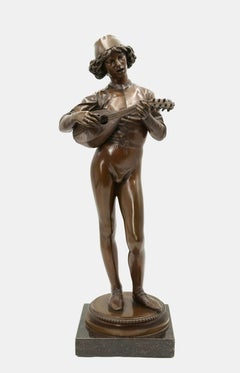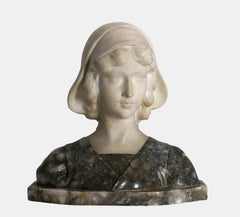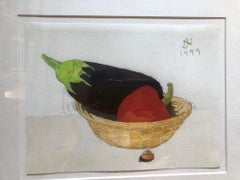Pablo PICASSO (after) : Woman with Shawl - pochoir - 500 copies - 1963
View Similar Items
Want more images or videos?
Request additional images or videos from the seller
1 of 5
UnknownPablo PICASSO (after) : Woman with Shawl - pochoir - 500 copies - 19631963
1963
About the Item
About the Seller
4.9
Platinum Seller
Premium sellers with a 4.7+ rating and 24-hour response times
Established in 2010
1stDibs seller since 2016
3,597 sales on 1stDibs
Authenticity Guarantee
In the unlikely event there’s an issue with an item’s authenticity, contact us within 1 year for a full refund. DetailsMoney-Back Guarantee
If your item is not as described, is damaged in transit, or does not arrive, contact us within 7 days for a full refund. Details24-Hour Cancellation
You have a 24-hour grace period in which to reconsider your purchase, with no questions asked.Vetted Professional Sellers
Our world-class sellers must adhere to strict standards for service and quality, maintaining the integrity of our listings.Price-Match Guarantee
If you find that a seller listed the same item for a lower price elsewhere, we’ll match it.Trusted Global Delivery
Our best-in-class carrier network provides specialized shipping options worldwide, including custom delivery.More From This Seller
View AllImagerie de Wissembourg - Christmas Santa Claus - Lithograph and stencil - 1906
Located in Paris, IDF
Imagerie de Wissembourg
Christmas Santa Claus, c. 1906
Lithograph, woodcut and stencil
Drawing by C. Burckardt
On paper 43 x 32.5 cm (c. 17 x ...
Category
Early 1900s Realist Figurative Prints
Materials
Stencil, Lithograph
Dance class - Woodcut - Vintage Louvre Museum edition after Edgar DEGAS
By Edgar Degas
Located in Paris, IDF
Edgar DEGAS (after)
Dance class
Woodcut print after a painting of Degas
Egraved by G. Regnier
On vellum 65 x 50 cm (c. 26 x 20in)
Edited by Chalcographie du Louvre, authenticated with the blind stamp of Museum workshop
This woodcut print is very rare as it's no longer printed...
Category
Late 20th Century Realist Interior Prints
Materials
Woodcut
Square in Paris with the Kiss Sculpture - Original handsigned lithograph - 275ex
By Rolf Rafflewski
Located in Paris, IDF
Rolf RAFFLEWSKI
Square in Paris with the Kiss Sculpture
Original lithograph
Handsigned in pencil
Limited /275 copies
On vellum 56 x 76 cm (c. 22 x ...
Category
Late 20th Century Realist Landscape Prints
Materials
Lithograph
Family - Original vintage lithograph poster "Drawings New-York 1967" #Mourlot
By (after) Henri Matisse
Located in Paris, IDF
Henri MATISSE (after)
Family - Drawing 1967
Lithograph printed in MOURLOT workshop
Printed signature in the plate
75 x 52 cm (c. 30 x 21")
Original lithograph poster for the exhibit...
Category
1960s Realist Figurative Prints
Materials
Lithograph
Studies of Angels - Original Ink Drawing - Signed
By Demetrios Galanis
Located in Paris, IDF
Demetrios GALANIS (1879-1966)
Studies of Angels
Original Indian ink drawing
Signed with the blue stamp signature of the artist
On vellum 25 x 19 cm (c. 10 x 8")
Very good conditi...
Category
Mid-20th Century Realist Figurative Drawings and Watercolors
Materials
India Ink
Victory Angel - Lithograph
By Niccolo dell'Abbate
Located in Paris, IDF
Niccolo dell'Abbate
Victory Angel, 1962
Lithograph after a drawing
On vellum 32 x 24 cm (c. 13 x 10 in)
Excellent condition
Category
1960s Realist Figurative Prints
Materials
Lithograph
You May Also Like
Florentine singer / - The Renaissance of the Renaissance -
By Paul Dubois
Located in Berlin, DE
Paul Dubois (1829 Nogent-sur-Seine - 1905 Paris), Florentine singer, 1865. Light brown patinated bronze with cast round plinth mounted on a square marble base (3.5 cm high). Total height 53 cm. Bronze dimensions: 49.5 cm (height) x 20 cm (length) x 10 cm (width), weight 5.6 kg. Inscribed on the plinth "P.[aul] DUBOIS", dated "1865", with the foundry's mark "F. BARBEDIENNE FONDEUR" and the signet "REDUCTION MECANIQUE A. COLLAS".
- Patina very occasionally darkened, lute with loss of one tuning peg, otherwise in excellent condition.
- The renaissance of the Renaissance -
The bronze is a precisely executed and masterfully cast contemporary reduction of Paul Dubois 155 cm tall masterpiece "Florentine Singer", which is exhibited in the Musée d'Orsay and for which the artist was awarded the Medal of Honor at the Paris Salon in 1865. The work acted as a beacon, and was followed by a plethora of depictions of juveniles.
Inspired by Donatello and Luca della Robbia, but also by painters such as Piero della Francesca, Benozzo Gozzoli, and Pinturicchio, the "Florentine Singer" is not an epigonal work that pays homage to a vanished era, but a successful attempt to draw vitality from the art of the past and thus give it new life.
The effect of vitality is the core of Italian Renaissance art theory. In order to fulfill itself as art, art had to appear like nature. This naturalism also characterizes the "Florentine Singer". The young man appears to have been taken from life, which is reinforced by the momentary nature of his action. He has just struck a now fading chord. In addition, the natural appearance is enhanced by the detailed shaping of the figurative details, such as the laces with the slightly curved leather of the shoes, the belt buckle, or the ornamentation on the body of the lute. Even the fingernails are clearly defined. Unlike the Renaissance, however, the effect of liveliness here is not based on the "discovery" of nature and the human body, but primarily on the rediscovery of the art of the Quattrocento. The liveliness of the artwork is therefore at the same time a revitalization of this art, so that we can speak of a Renaissance of the Renaissance, just as the Pre-Raphaelites in England at the same time transferred the Quattrocento to contemporary art.
Dubois takes on the most difficult of all subjects, the depiction of singing through silent sculpture. He was preceded in this by Luca della Robbia and Donatello with their pulpits of singers created in the 1430s in the Museo dell'Opera del Duomo in Florence. Compared to these works, the physiognomy of Dubois singer is far less animated, yet he also depicts singing in a convincing manner. He uses the whole body. He takes the ancient contrapposto, which was essential to Renaissance sculpture, and transforms the standing leg-playing posture into a late medieval S-swing, giving the body an elegant beauty and at the same time setting it in melodic motion. In the equally elegant finger position, the music is expressed in a much more literal way with the beating of the lute. Finally, the musicality of the sculpture culminates in the face with the mouth open to sing.
Through the act of singing, which is a great challenge to the artistic will to depict perfect beauty, the gracefulness of the classical face is not diminished, but enhanced. Starting from the face with the singing mouth and the gaze absorbed by the sounds, the inner vitality spreads, giving the bronze sculpture an intense aura, enhanced by the music. Dubois transfers the beauty of the Renaissance to the musical, sublimating the visible sculpture to the invisible of music.
He took up the challenge of transcending the Renaissance with the Renaissance, thus responding to the Querelle des Anciens et des Modernes, which arose at the end of the 17th century around the French Academy and remained virulent into the 19th century, in which antiquity was regarded either as an unattainable ideal or as a standard to be surpassed. With his work, Dubois proved that the Renaissance, which had championed the art of the ancients, could lead to a new renaissance of art.
About the artist
Paul Dubois' great-uncle was the famous French Baroque sculptor Jean-Baptiste Pigalle, in whose footsteps the talented great-nephew followed. When he debuted at the Paris Salon in 1858, he signed his work "Dubois-Pigalle". At his father's request, however, he first studied law before devoting himself to sculpture under the tutelage of François Christophe Armand Toussaint in 1856 and entering the École des Beaux-Arts in 1858. From 1859 to 1863, he lived in Rome and traveled to Naples and Florence. Inspired by Florentine art of the quattrocento, Dubois initiated a school-forming neo-Florentine style that combined the elegantly simple forms of youthful grace with a precise wealth of detail.Two purchases by the French state (“envois de Rome”) were made during his stay in Rome, which brought him recognition in Paris. After his return there, he quickly became an internationally sought-after artist.
Dubois was also active as a creator of monuments. His most famous work is the equestrian statue of Joan of Arc (1896) on the forecourt of Reims Cathedral. He was also a sought-after portraitist who produced around 50 busts and - Dubois was also a passionate painter - around 100 portraits in oil.
From 1873 to 1878 he was curator of the Museum du Luxembourg, in 1876 he became a member of the Institut de France and from 1878 to 1905 he was director of the École des Beaux-Arts.
In 1865, Dubois was awarded the Paris Salon Medal of Honor for his “Florentine Singer”. In 1867 he became Chevalier, in 1874 Officier, in 1886 Commandeur of the Légion d'honneur, which awarded Dubois the Grande Croix in 1896.
Selected Bibliography
Stole, Elmar: Paul Dubois. In: Saur. Allgemeines Künstlerlexikon, vol. 30, Munich - Leipzig 2001, pp. 677-678.
GERMAN VERSION
Paul Dubois (1829 Nogent-sur-Seine - 1905 Paris), Florentinischer Sänger, 1865. Hellbraun patinierte Bronze mit gegossener runder Plinthe auf quadratischem Marmorsockel montiert (3,5 cm Höhe). Gesamthöhe 53 cm. Maße der Bronze: 49,5 cm (Höhe) x 20 cm (Länge) x 10 cm (Breite), Gewicht 5,6 kg. Auf der Plinthe mit „P.[aul] DUBOIS“ bezeichnet, auf „1865“ datiert, mit dem Gießereistempel „F. BARBEDIENNE FONDEUR“ und dem Signet „REDUCTION MECANIQUE A. COLLAS“ versehen.
- Patina sehr vereinzelt nachgedunkelt, Laute mit Verlust eines Stimmwirbels, ansonsten ausgezeichnet erhalten.
- Die Renaissance...
Category
1860s Realist Figurative Sculptures
Materials
Bronze
Bust of a young woman / - Beauty of youth -
Located in Berlin, DE
Anonymous, Bust of a young woman, c. 1900, artificial marble and gray onyx marble. 37 cm (height) x 37 cm (width) x 22 cm (depth), weight 17.2 kg. Signed “GURRINI” on the reverse.
-...
Category
Early 1900s Realist Figurative Sculptures
Materials
Marble
Functional Ceramic Mini Fly Lidded Container
Located in San Diego, CA
This is a one of a kind original functional vessel made by southern California artist, Ron Carlson. Its dimensions are 2.5 x 1.5 in (L x H). A certificate of authenticity will follow delivery.
Lead free; hand washing highly recommended. Safe for microwave use...
Category
2010s Realist More Art
Materials
Ceramic
Modern Still life of Aubergine and Red Pepper in a Basket watercolour painting
Located in ludlow, GB
Modern Still life of Aubergine and Red Pepper in a Basket watercolour painting signed and dated 1999.
John Napper 1916 - 2001
British Artist.
A friend of Sir Gerald Kelly who taught him along with Sir Thomas Monnigton, President of the Royal Academy. He was a war artist in Ceylon. He painted a portrait of the Queen...
Category
1990s Realist Still-life Drawings and Watercolors
Materials
Watercolor
Maine Harbor Sunset
By William R. Davis 1
Located in Milford, NH
A fine luminous Maine harbor scene by contemporary American artist William R. Davis (1952-). Davis was born in Somerville, Massachusetts, and grew up in Hyannis Port where he took sa...
Category
21st Century and Contemporary Realist Landscape Paintings
Materials
Canvas, Oil
Pair of Early 19th Century "Conchology" Conch Shells Color Etchings c.1802
Located in San Francisco, CA
Pair of Early 19th Century "Conchology" Color Etchings c.1802
Fantastic pair of hand colored etchings titled "Conchology".
Published in London on December 24th, 1802.
Each plate s...
Category
Early 19th Century Realist More Prints
Materials
Engraving, Aquatint
Recently Viewed
View AllMore Ways To Browse
1964 Abstract
African Oil Paintings
Fabric Artwork
Flower Garden Paintings
George Founds
Orange Figurative Painting
18th Oil
Antique Still Life Painting
German Landscape Oil Painting
1966 Original Art
European 19th Century Painting
Southern Oil Paintings
Study Nudes Painting
40x48 Art
Vintage Street Sign
Beach Signed Prints
Large Collage Art
Rolling Stones Print
